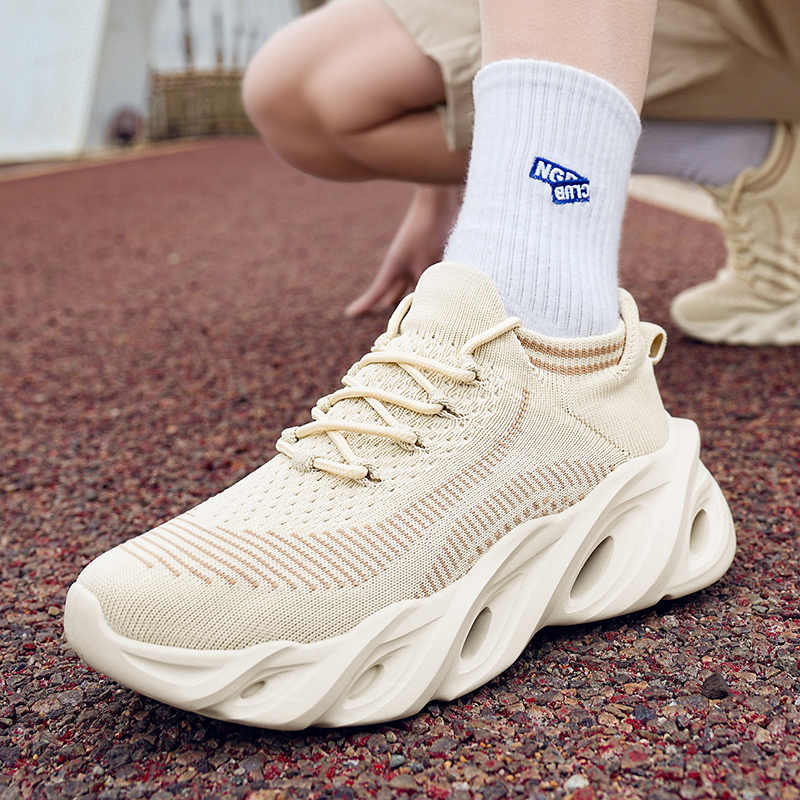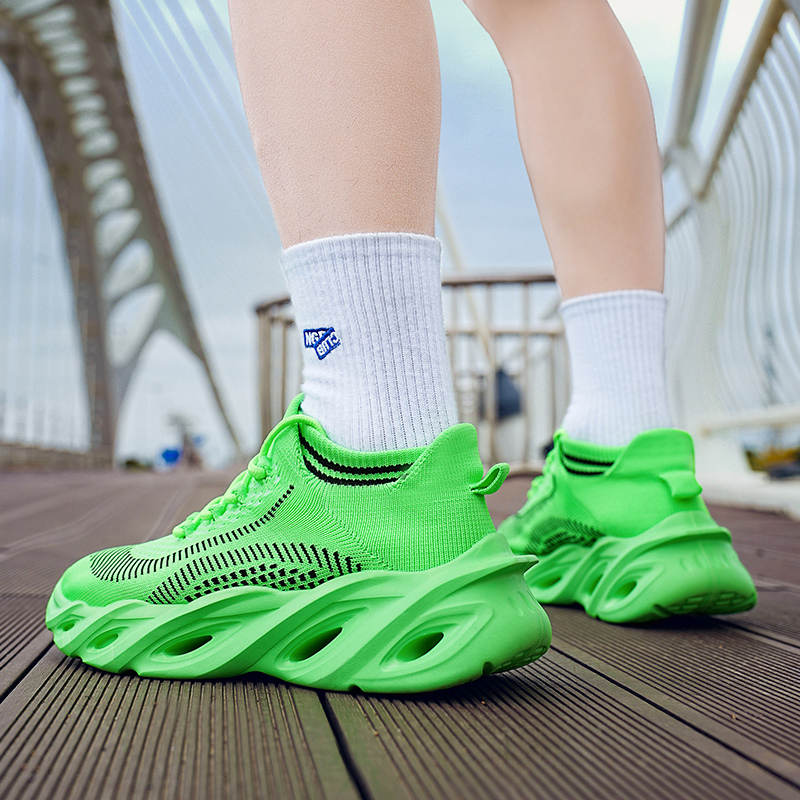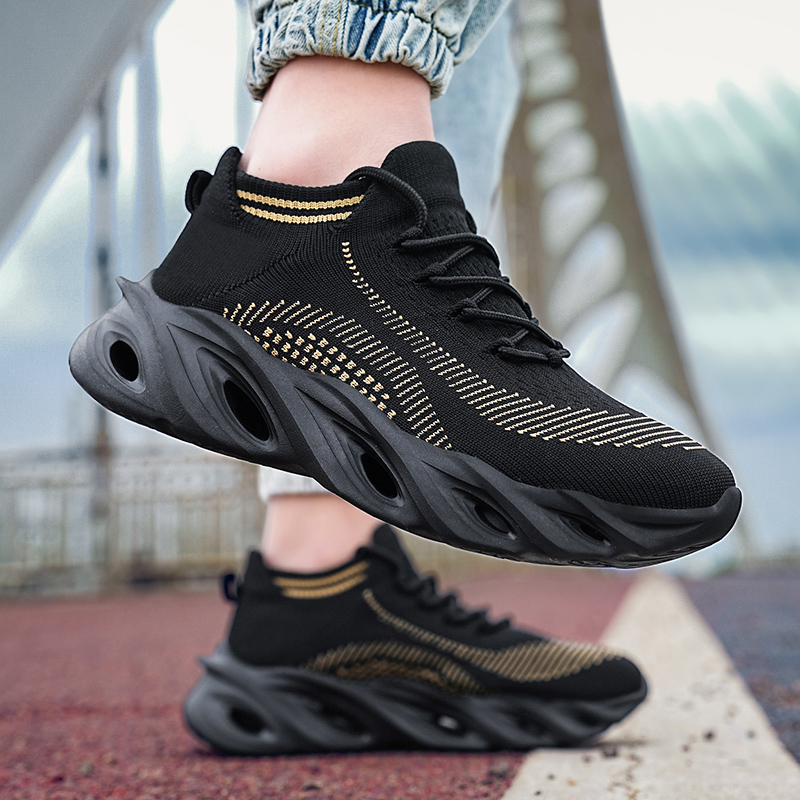Introduction
Running shoes play a pivotal role in a runner’s performance and overall comfort. But how long should running shoes last? This question is critical for both novice and experienced runners. The lifespan of running shoes can vary based on several factors, including your running style, the shoe type, and the surfaces you run on. This article will help you understand how long running shoes typically last, the signs that indicate they need replacement, and tips for maintaining your footwear.

Understanding the Lifespan of Running Shoes
Average Lifespan of Running Shoes
On average, running shoes are expected to last between 300 to 500 miles. However, this estimate can vary based on multiple factors, such as the shoe’s construction, the runner’s weight, and the type of running done. Different types of running shoes cater to various needs, which can affect their longevity.
Road Running vs. Trail Running Shoes
Road running shoes are generally designed for smooth and hard surfaces. They usually offer more cushioning and are lighter in weight. As a result, they may wear down faster than trail running shoes. Trail running shoes, on the other hand, are made with more durable materials that can withstand rough terrains. Hence, they often have a longer lifespan.
The Role of Shoe Technology
Shoe technology plays a crucial role in determining lifespan. Newer running shoes often incorporate advanced materials and designs aimed at improving durability. For example, some shoes feature high-abrasion rubber outsoles that withstand wear and tear better than older models. Additionally, more modern shoes often come with cushioning technologies that retain their form longer, providing better support over time.
Factors Affecting Running Shoe Durability
Running Style and Gait
One of the significant factors affecting the lifespan of running shoes is your running style. Each runner has a unique gait, which can impact how quickly their shoes wear out. Some may land on their heels, while others may strike with their midfoot or forefoot.
Determining Your Gait
You can determine your gait by observing wear patterns on an old pair of shoes or consulting with a professional at a running store. Heel strikers tend to wear down the heel portion of their shoes quickly, while midfoot and forefoot strikers may show more even wear across the outsole. By understanding your gait, you can select shoes that help mitigate excessive wear, prolonging their lifespan.
Runner’s Weight
Another factor that can influence how long running shoes last is the weight of the runner. Heavier runners generate more impact force with each step, leading to quicker deterioration of the shoe’s cushioning and structural integrity.
Understanding Impact Forces
As a general rule, the heavier you are, the more wear your shoes will endure. Therefore, if you are on the heavier side, you may find that you need to replace your shoes more frequently. Running shoes designed for support and durability may be a good choice for these runners.

Recognizing Signs of Shoe Wear
Check the Outsole
One of the most obvious ways to assess the condition of your running shoes is to check the outsole. The outsole is the outer layer of the shoe that comes into contact with the ground. If you notice significant wear and tear, it’s time to consider a replacement.
Looking for Worn Areas
Specific areas to inspect include the heel and the forefoot. If tread patterns are worn smooth, the shoes may not provide adequate traction or support. A good rule of thumb is to replace your shoes when you notice more wear on one side compared to the other or if the rubber has started to fray.
Loss of Cushioning
Another crucial indicator that your running shoes need replacing is the loss of cushioning. Over time, the midsole materials that provide shock absorption can break down.
Testing Cushioning
To test the cushioning, press down on the midsole. If it feels stiff and unyielding, it may no longer provide the necessary comfort and protection. As a result, runners may start to notice discomfort in their feet, legs, or joints after runs, which could be a warning sign.
Uneven Wear Patterns
Regularly assessing the wear patterns can also provide insight. If you notice uneven wear, it may indicate that the shoes are no longer providing the right support based on your foot type and gait. This situation could lead to discomfort and injury.
How to Extend the Lifespan of Your Running Shoes
Regular Cleaning
One effective way to prolong the life of your running shoes is through regular cleaning. Dirt and mud can accumulate on shoes, making them less effective over time.
Cleaning Process
After each run, take a few moments to wipe down your shoes. Use a damp cloth or a soft brush to remove any debris. Avoid using harsh chemicals, as they can damage the materials. Allow the shoes to dry at room temperature, away from direct sunlight, which can lead to cracks and fading.
Proper Storage
Proper storage is another crucial factor in extending your shoes’ lifespan. Many runners tend to toss their shoes in the closet or gym bag after a workout, which can affect their condition.
Storing Running Shoes Correctly
To ensure proper storage, keep your shoes in a cool, dry place. Allow your shoes to breathe by keeping them outside of a tightly sealed bag. Using shoetrees can help maintain their shape and prevent creasing.
Rotate Shoes
If you’re a frequent runner, consider rotating between multiple pairs of shoes. This practice allows each pair to rest between runs, giving the materials time to decompress and regain their original shape.
Benefits of Rotation
Rotating shoes can help minimize wear and prolong the life of each pair. Different shoes can also offer varying levels of support, so alternating between them enhances comfort while reducing the risk of injury.

When to Replace Your Shoes
Setting a Mileage Goal
A sensible way to decide when to replace your running shoes is by setting a mileage goal. Most runners find that keeping track of their mileage helps them anticipate when to get new shoes.
Keeping a Running Log
Keeping a log of your runs and the mileage on each pair of shoes can simplify this process. Many running apps allow you to track this data easily. After reaching 300 to 500 miles, plan for a new pair.
Listening to Your Body
Your body can also be a valuable indicator of when to replace your shoes. If you begin to feel new discomfort or fatigue during your runs, it may be a sign that your shoes are no longer effective.
Assessing Post-Run Discomfort
Listen to your body closely. If you find that you’re developing blisters, soreness, or pain in your feet, knees, or hips, consider evaluating the condition of your shoes.
Professional Assessment
Visiting a specialty running store is another option for determining when to replace your shoes. Many of these stores can analyze your gait and shoe wear, providing expert recommendations.
Selecting High-Quality Running Shoes
Importance of Quality
When it comes to running shoes, quality matters significantly. Investing in high-quality shoes may cost more upfront, but they often provide better support, increased comfort, and longer durability.
Brand Reputation
Research reputable brands known for their quality running footwear. Some well-known brands include Brooks, Hoka One One, New Balance, Saucony, and Adidas. These brands often use advanced technologies and materials aimed at prolonging the lifespan of their shoes.
Choosing the Right Fit
When purchasing new shoes, the fit is crucial. Shoes that are too tight or too loose can lead to discomfort and injuries.
Trying Shoes On
Make sure to try on running shoes in-person whenever possible. Wear the socks you plan to run in and ensure there is enough room in the toe box. You should be able to move your toes freely without rubbing against the front of the shoe.
Reading Reviews
Don’t overlook customer reviews when selecting shoes. Many runners share their experiences online, offering valuable insights into the performance and durability of specific models.
Conclusion: Take Care of Your Running Shoes
The lifespan of your running shoes can vary significantly based on your running habits, the shoes’ construction, and how they’re maintained. Generally, it’s wise to replace them every 300 to 500 miles.
Be Proactive
Regularly check the condition of your shoes. Familiarize yourself with the signs of wear, listen to your body, and don’t hesitate to invest in high-quality footwear tailored to your needs.
Enjoy Your Runs
Taking care of your shoes will help ensure enjoyable and injury-free runs. By understanding how long shoes should last and when to replace them, you can focus on your passion for running with peace of mind. Happy running!